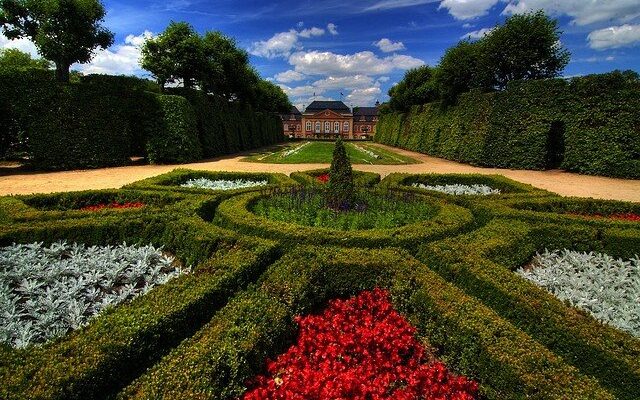Dobříš Castle
Dobříš Castle is one of the most famous castles in the Czech Republic, built in the Rococo style, was erected in the second half of the 18th century according to the project of the French court architect de Cotteio. Dobriš Castle embodies a marvelous example of the gallant era of Louis XV on Czech soil. Most castles in Bohemia are closed in winter. However, Dobriš Castle, which is located 35 kilometers from Prague, is open to visitors all year round. From above, Dobriš resembles a horse horseshoe in its shape. Inside the castle there is a huge number of balconies, windows and arches.
.In Dobrisch Castle you can see not only a unique exposition depicting the life of aristocrats, but also have a snack, celebrate a wedding, spend the night and even hold a convention. The last offer is used annually by Skoda Auto, regularly holding presentations of new models in Dobrish..Many movies have also been filmed here: the series “Immortal”, “Shanghai Knights”, “From Hell” starring Johnny Depp, “Au Pair 2”, “The Prince and I 2” and others.
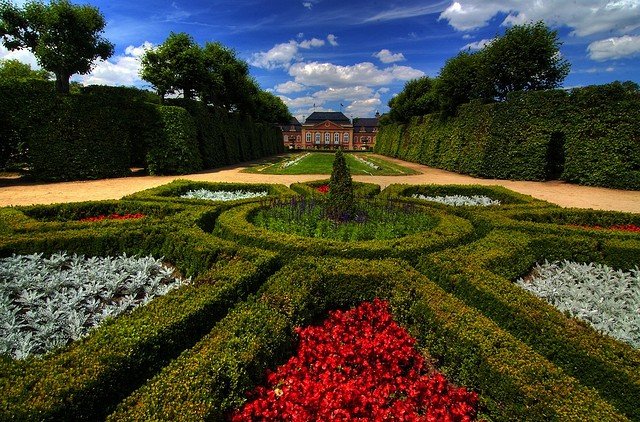
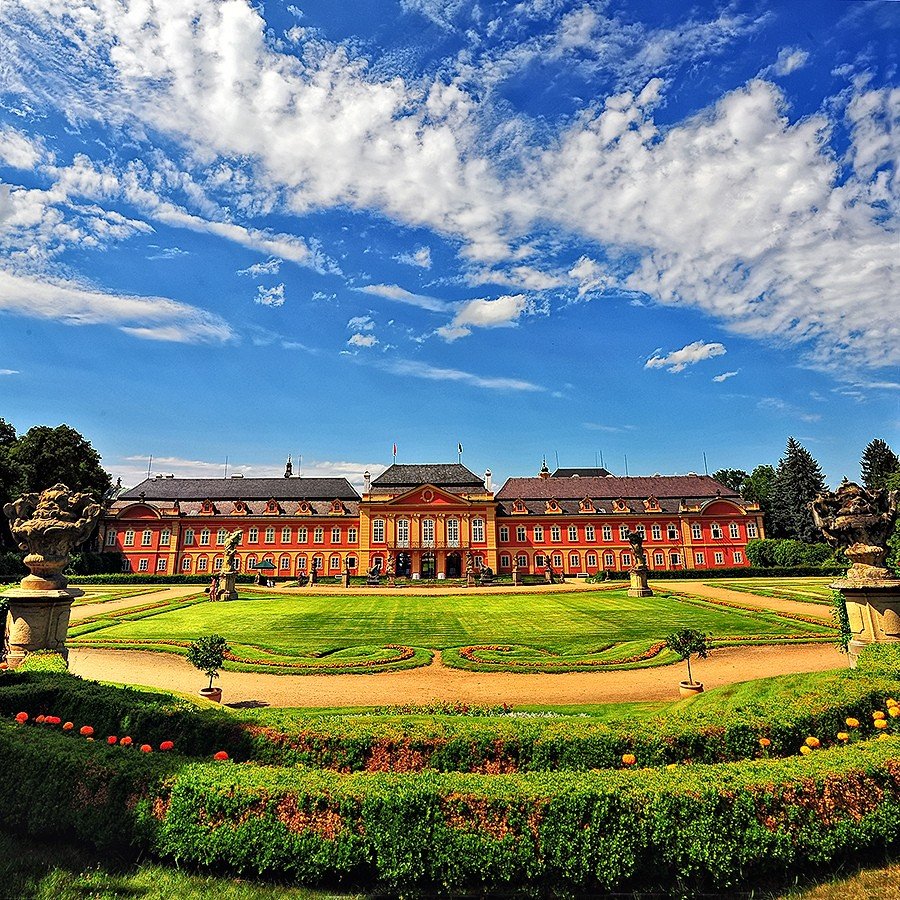
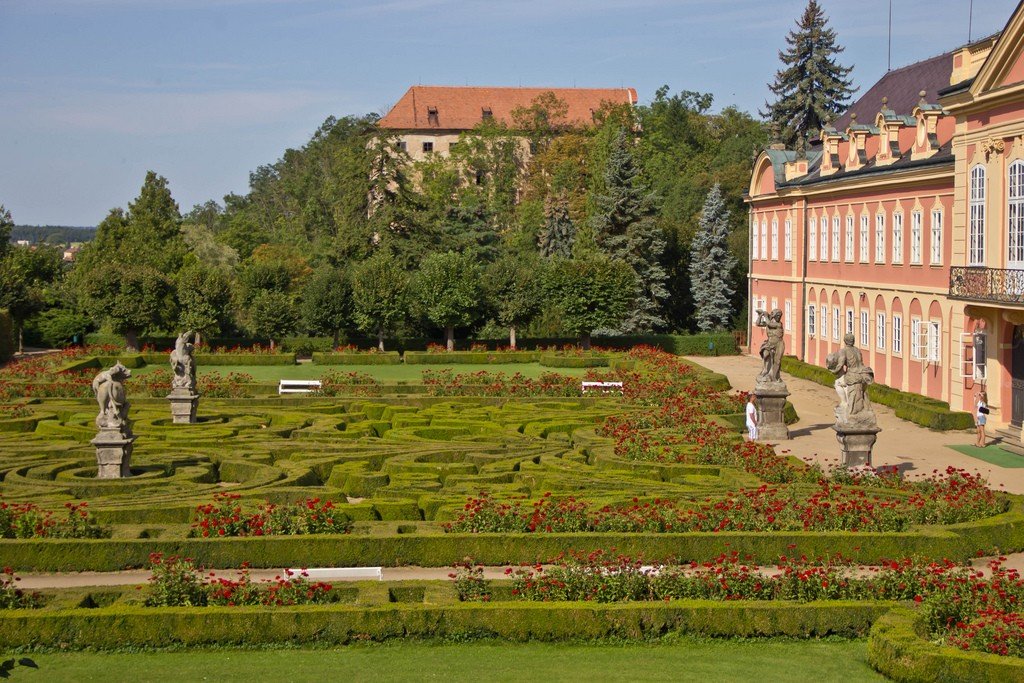
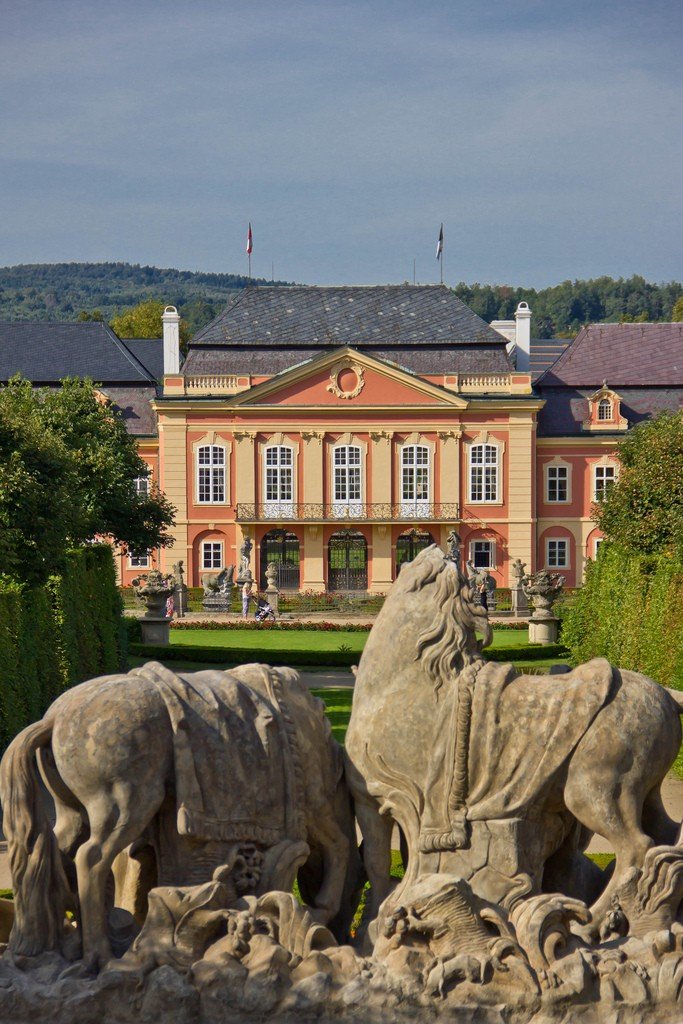
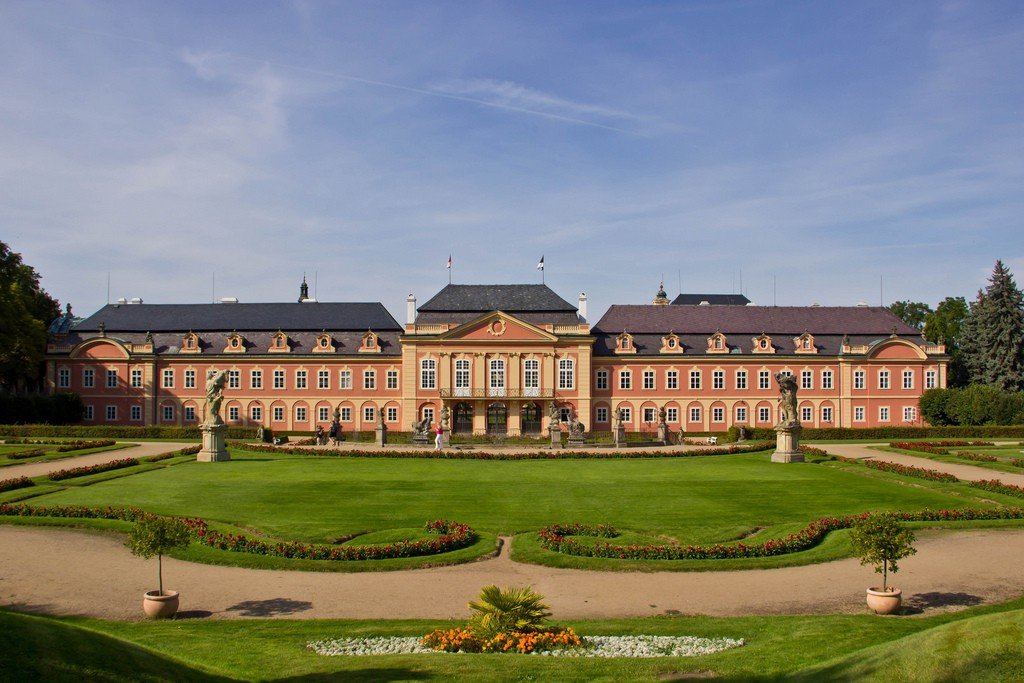
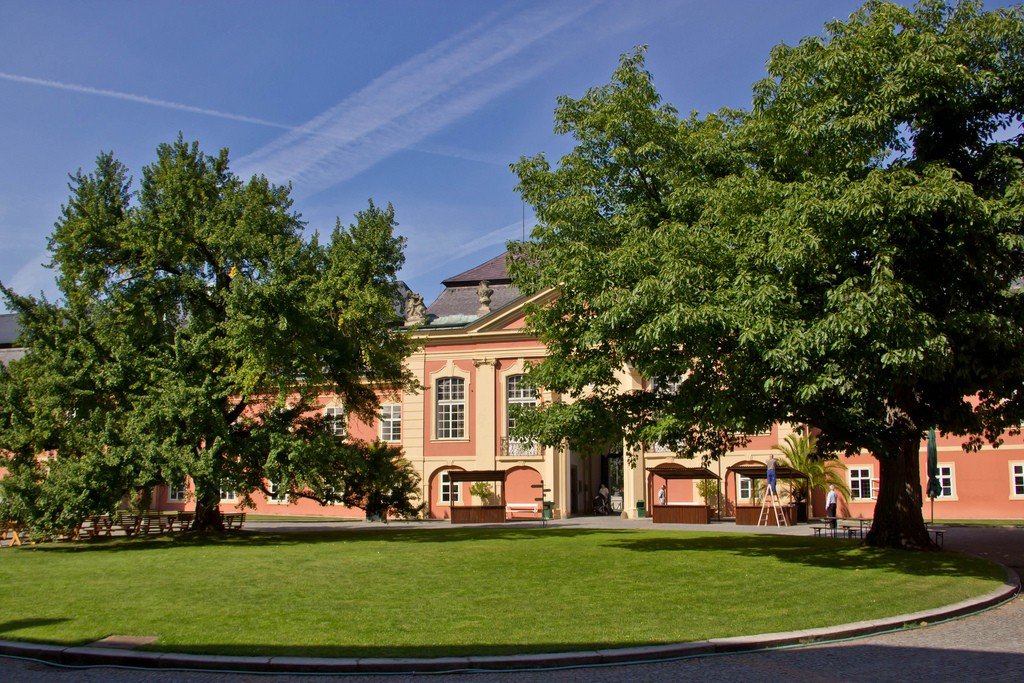
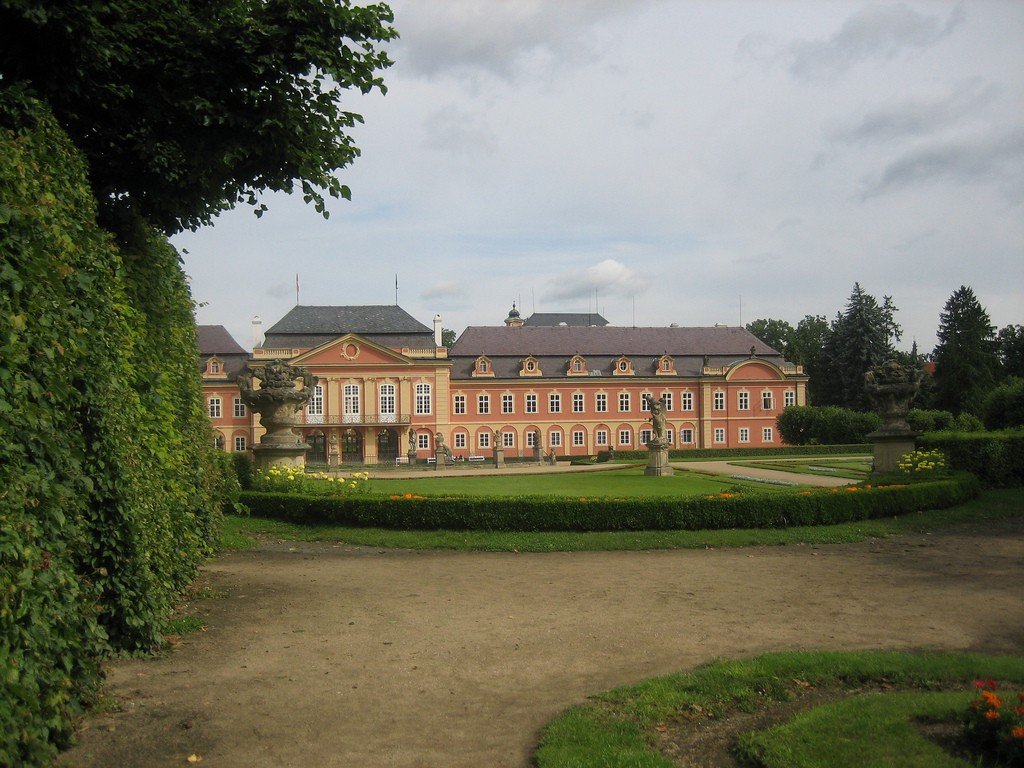
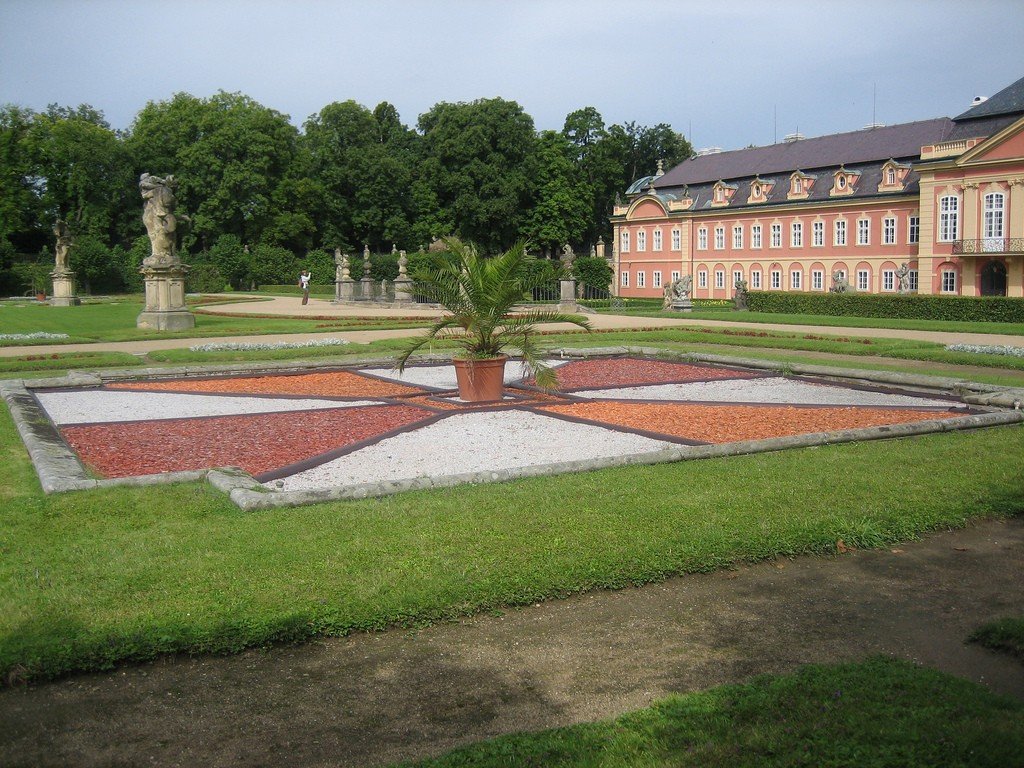
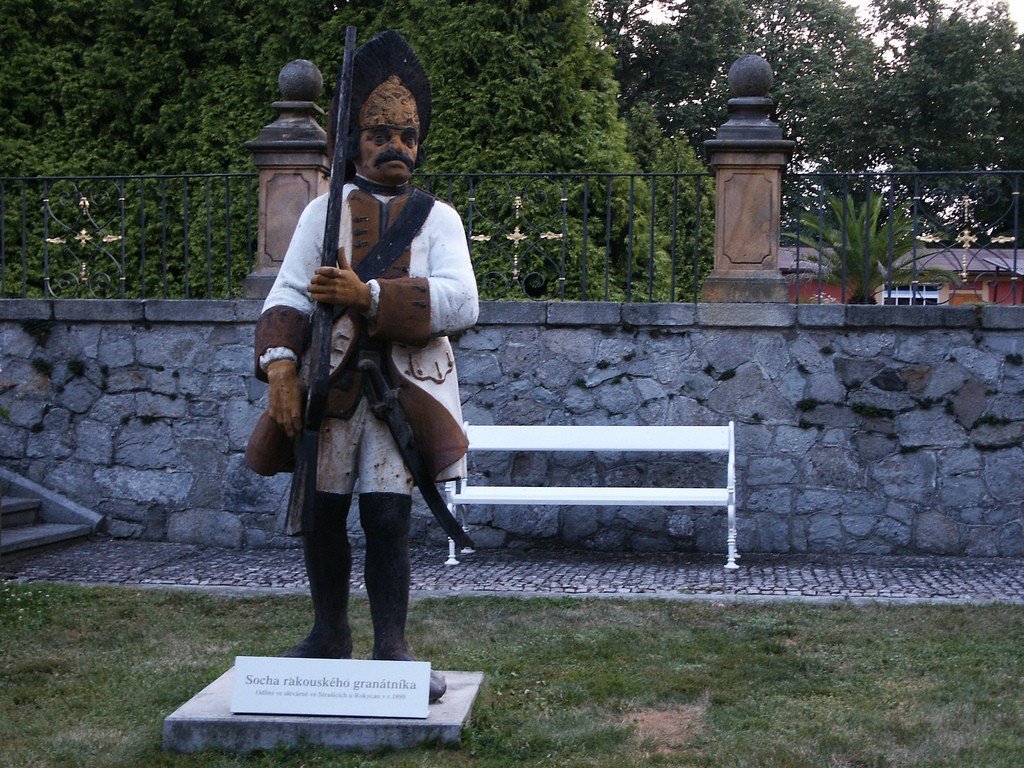
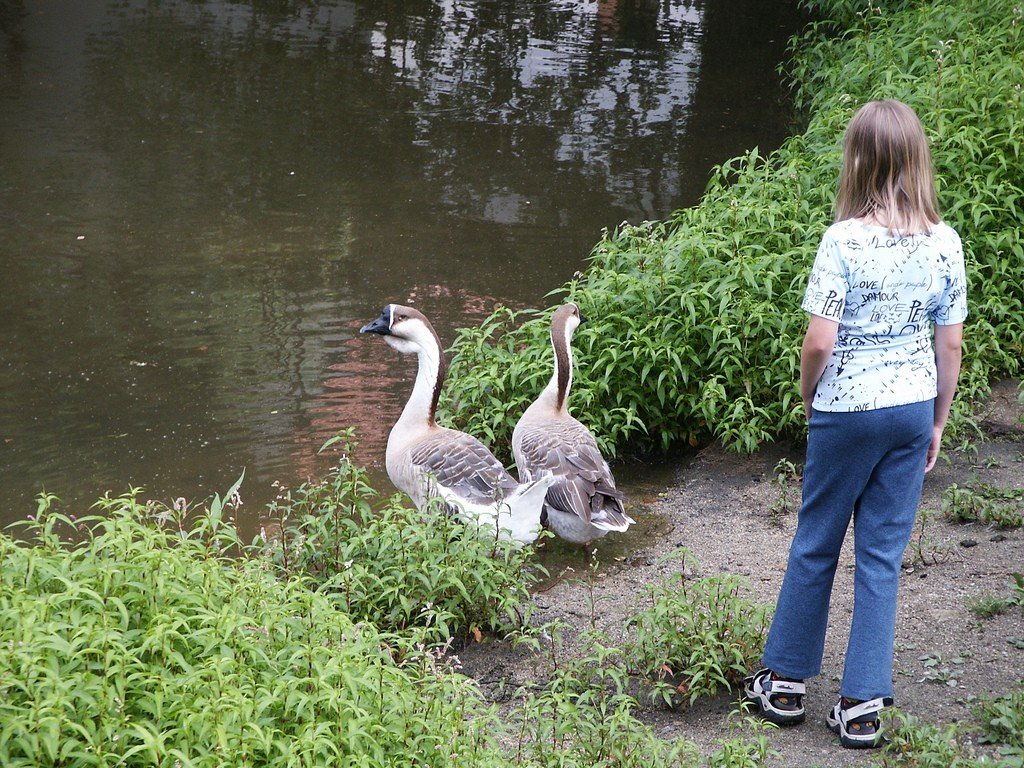
Video: Wedding at Dobrish Castle
” title=”YouTube video player” frameborder=”0″ allow=”accelerometer; autoplay; clipboard-write; encrypted-media; gyroscope; picture-in-picture; web-share” allowfullscreen> ContentsHistory of the castle
As legend has it, the town of Dobriš was founded by the unidentified lord Dobřich. Nevertheless, the first written mention of Dobřiš dates back to 1245, when a royal manor was built here. In the first half of the 14th century, Jag of Luxembourg ordered the construction of the stone Gothic fortress Varkač, the ruins of which rise above the present castle.
.
At the end of the 16th century, a Renaissance castle was first built in Dobriši. In 1630, the castle and the entire estate was bought by the Emperor Ferdinand II for 40 thousand gold pieces by the chief royal trapper Bruno Mannsfeld. After his death, his son František Maximilian Mannsfeld inherited the castle and in 1675-1678 he rebuilt the Renaissance castle into a Baroque residence with an extensive garden. In 1713, a plague epidemic broke out in Dobriša, during which Adam Mannsfeld, the next owner of the Dobriša castle, died in 1717.
.
The castle was significantly damaged by a fire that broke out in 1720. At that time, the estate was run by Adam Mannsfeld’s widow Eleonora with her young son Jindřich Pavel Mannsfeld. It was the same Jindřich Pawel Mannsfeld who in 1745 started the construction of the new castle grounds.The construction was carried out according to the original design of the French architect Jules Robert de Cotte and the Italian decorator Giovanni Cicolo Servandoni. The castle was finished in 1765. Two parks sprang up around the castle: a French park (2 hectares in size) and an English park with natural landscapes (30 hectares in size).
.
In 1771, Jindřich Pavel Mannsfeld’s daughter Isabella was married to František Gundakar Colloredo on the condition that the name Mannsfeld be retained in the newlyweds’ surname. This new surname Kolloredo-Mannsfeld – in 1775 Empress Maria Theresa also approved it with her signature, which resulted in the official unification of Mannsfeld Dobřiša and Kolloredo Opočn. In 1879, Kolloredo-Mannsfeld bought the Zbiroh estate as well.
.These 3 castles were owned by the Colloredo-Mannsfeld family until 1942, when the Dobřiša castle was alienated by the Nazis. Then followed the confiscation of all the family’s property in favor of the German Reich. For a time it was the residence of Deputy Imperial Protectorate Kurt Dalueg..
In 1945, Dobriš Castle was confiscated by the communist regime again as German property. Then the castle was the House of Writers for almost 50 years.The last owner of the castle Vicard Collorado-Mannsfeld died free of charge in 1946 at the age of 36. His younger brother and heir Bedřich Collorado-Mannsfeld died in 1991, so his older brother Jerome Collorado-Mannsfeld filed a petition for the return of the castle by restitution in 1992. The restitution dispute lasted for 6 years and ended on January 30, 1998, when the transfer of the castle building and both parks to private hands took place. (The movable property remained in the ownership of the state). However, on December 2, 1998, his nephew, Bedřich’s son Jerome Colloredo-Mannsfeld from Oblarn, Austria, became the owner.
.What to see
The elegance of the rococo style is conveyed in Dobrisch through numerous arcades, balconies, windows and plastic elements. There is a French park in front of the castle, as well as a fountain with an orangery.
At the back of the castle is a traditional style English garden. A large beautiful fountain is located here.
.
The interior inside the castle is reminiscent of the reign of Louis XV. That is why, this castle can be called the Little Versailles. The entire interior of the castle is 11 luxurious rooms: the Hunting Room, the Mirror Room, the Italian Room, the Ladies’ Room and the Ladies’ Room, as well as the Tapestry Room, the Library and the Mansfeld Gallery.
All this richness is sought after by a huge number of tourists from all over the world.
Only here you can fully experience the Middle Ages, the life of those times and for a while immerse yourself in the distant past.
.Cost of admission
Adult: 130 kroner.Children, students, pensioners: 80 kronerFamily: 340 kroner
.Opening hours
November – May: 8.00 – 16.30.June – October: 8.00 – 17.30
.How to get there
Address: Náměstí Svobody 1, 263 01 Dobříš, Czech Republic.Phone: 318 521 240Stop: Dobříš,nám.GPS: 49.781389,14.178889
You can get to the castle by car or by public transportation.
.By car
Go through Žitná and Svornosti to Strakonická (Praha 5). (5.7 km, 9 min.).Take road No. 4 and R4 towards road No. 11628 (Dobříš). From R4 take exit 27. (33.9 km, 22 min.)Continue on road no. 11628. Head towards Pražská road No. 114. (2.5 km, 3 min.)
. The parking lot is 150 meters from the castle. Once parked, you can go to the ticket office to get tickets or just walk around the castle grounds..
By bus
.Buses run from two bus stations in Prague – Na Knižeči (35 minutes away) and Smíchovské nádraží (55 minutes away, near Smíchovské nádraží railway station).
.